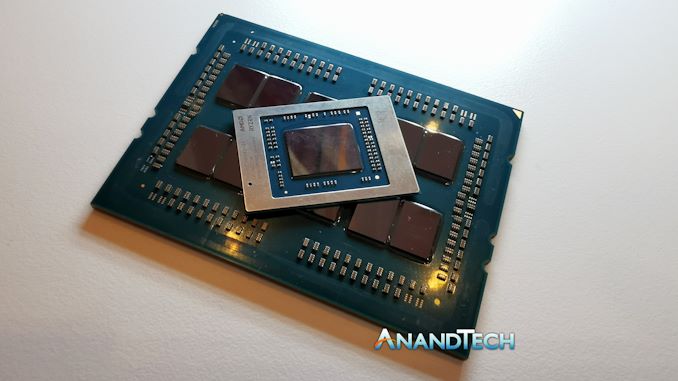In our hardware tests, we saw that the core-to-core latency inside a Renoir CCX is actually a few nanoseconds quicker than with Intel's ring (17-18 vs 19-21), however going between CCXes comes with a penalty. That penalty is lower than a desktop Matisse processor because we don't have to travel off-die to go between the CCXes. What was perhaps surprising is our ramp clock test – AMD is able to go from idle (1.4 GHz) to turbo (4.4 GHz) in just under 20 milliseconds, or one frame at 60 Hz. Compared to our Intel chip, which took ~40 milliseconds to go from idle to turbo (1.1 GHz to 4.1 GHz) but then another 40 milliseconds to jump up another 100 MHz. This should imply that AMD's system can be more responsive, but not only that, AMD's system went +100 MHz above the advertised turbo, whereas the Intel system was actually -300 MHz down.
For battery life, we got a very big wow moment straight away. Our local movie playback battery test at 200 nits scored an amazing 12h33, well beyond what we were expecting and beating AMD's metric of 11 hours – this is compared to the Intel system which got 6h39. For our web battery test, this is where it got a bit tricky – for whatever reason (AMD can't replicate the issue), our GPU stayed on during our web test presumably because we do a lot of scrolling in our test, and the system wanted to keep the high refresh rate display giving the best experience. In this mode, we only achieved 4h39 for our battery, which is pretty poor. After we forced the display into 60 Hz, which is supposed to be the mode that the display goes into for the desktop when on battery power, we shot back up to 12h23, which again is beyond the 9 hours that AMD was promoting for this type of workload. (The Intel system scored 5h44). When the system does the battery life done right, it's crazy good.



